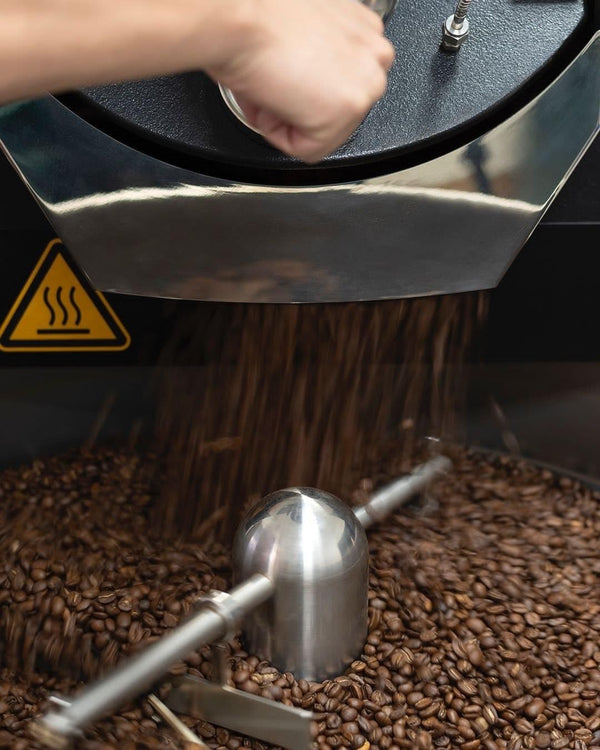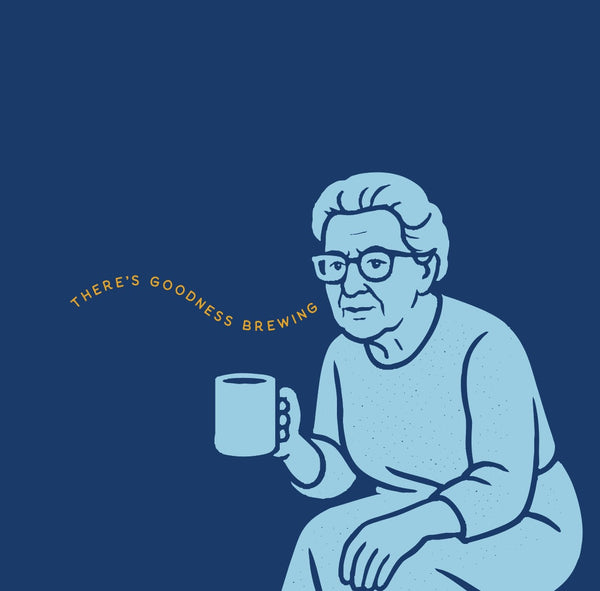
The Basics of Roasting
Roasting coffee is an intricate and fascinating process that transforms green coffee beans into the delicious beverage we all know and love. The process of roasting coffee involves a series of chemical reactions that result in the development of flavors and aromas. Who would’ve known that coffee is a science?! In this blog, we will explore the detailed process of roasting coffee, from selecting the beans to cooling the finished product.
-
Choosing the Beans: The quality of the beans is the foundation of any good roast. High-quality beans are essential to achieving a delicious cup of coffee. The origin, variety, and altitude of the beans can all impact the final product. At Ten Boom, we are proud to work with our friends at Agrocafe to provide the best quality beans from our select farms.
-
Preheating the Roaster: The roaster needs to be preheated to the right temperature before roasting. The temperature and duration of the preheating process depend on the type of roaster used. Drum roasters and air roasters require different preheating times and temperatures.
-
Loading the Beans: Once the roaster is preheated, it's time to load the beans. The amount of beans depends on the capacity of the roaster and the desired roast level. The beans need to be evenly distributed and not overcrowded to ensure an even roast.
-
Roasting the Beans: The roasting process begins once the beans are loaded into the roaster. The roast level is determined by the temperature and duration of the roast. Different roast levels, such as light, medium, or dark, result in different flavors and aromas. The beans need to be constantly agitated to ensure an even roast.
-
Monitoring the Roast: Monitoring the roast is crucial to achieving the desired results. The roast needs to be carefully monitored to ensure that the beans are roasted evenly and to the desired level. Everything from the temperature, to time of the roast, to drum speed and air flow need to be recorded to achieve consistency in future roasts.
-
Cooling the Beans: Once the desired roast level is achieved, the beans need to be cooled quickly to stop the roasting process. The cooling process can be done using a cooling tray or a colander. The beans are agitated to remove any excess heat and to ensure that they cool evenly.
-
Resting the Beans: After roasting, the beans need to rest for at least 12 hours before they are brewed. This resting period allows the flavors and aromas to develop fully and results in a more balanced cup of coffee.
In conclusion, roasting coffee is a detailed process that requires skill and knowledge to achieve the desired results. From choosing the right beans to cooling the finished product, every step in the process plays a crucial role in the flavor and aroma of the final product. Roasting coffee is a true art form and science that requires precision, patience, and a love for coffee. Don’t forget though…the most important process of roasting coffee, is enjoying the final product in your desired brewed coffee! Try a bag of Ten Boom Coffee today and enjoy the perfect roast that we curated just for you!
#theresgoodnessbrewing



